Have you ever wanted to make your coffee at home?
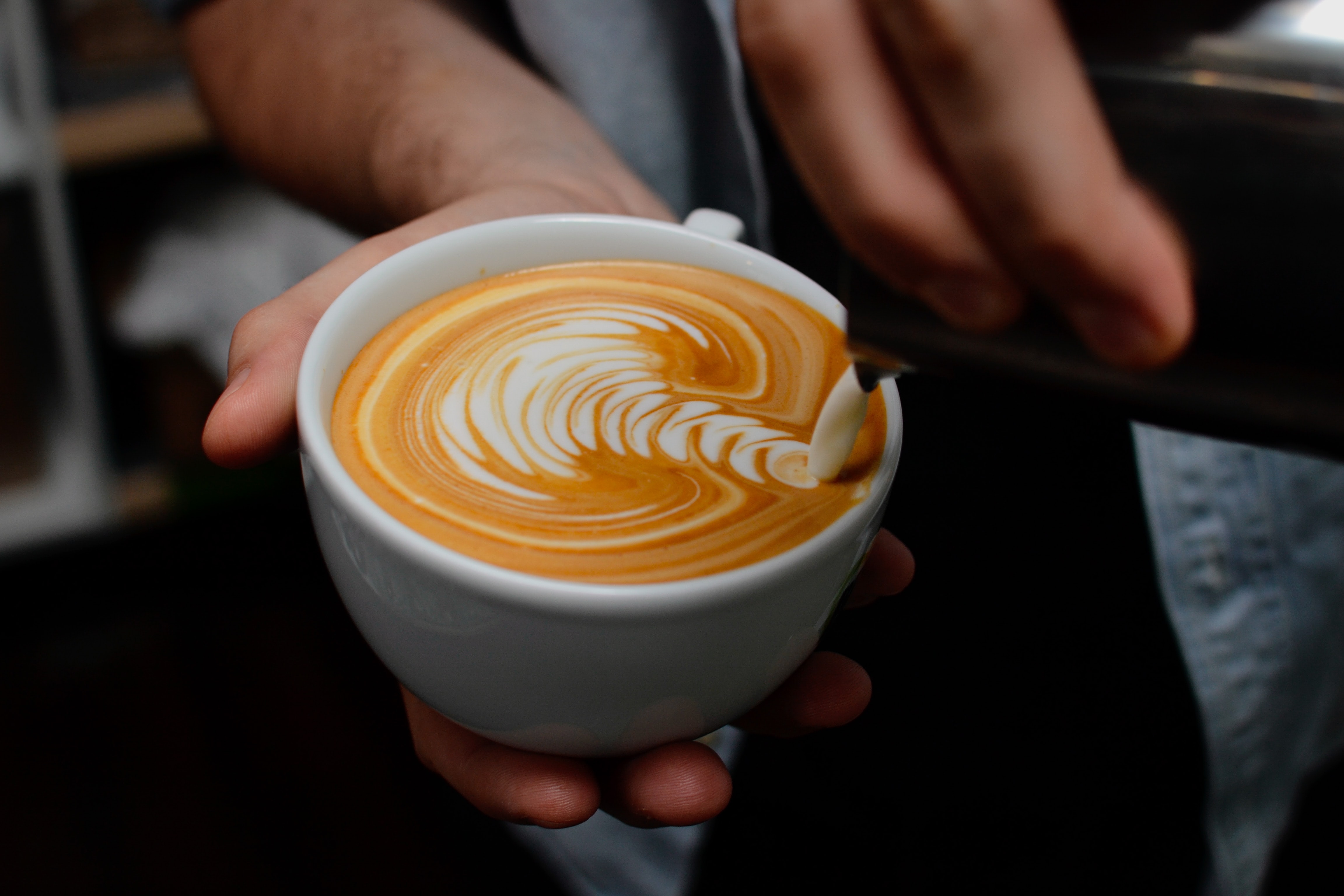
Photo by Pete Willis on Unsplash
Latte art may be considered the favorite coffee dish for half the world's population because of the attractiveness of art on the surface of the coffee dish. Latte art is also a friendly coffee dish for those who are not coffee connoisseurs. So it's no wonder that latte art is a coffee dish that is busy being ordered by people when visiting coffee shops.
After enjoying the latte art made in a coffee shop, is there a desire to try making it yourself at home? Read these tips for making your latte art at home!
What Is Latte Art?
Before starting to make your latte art at home, what kind is it? Latte art is created from milk foam particles and particles arranged in espresso coffee. The milk froth particles will later break down the espresso coffee composition and form patterns on the surface of the latte. That's why you won't be able to make a latte art dish with manual coffee brewing.
A good latte art pattern is related to the experience, equipment used, and appropriate composition between milk and espresso. Curious about what tools and equipment are needed to make latte art at home?
Coffee beans
Generally, espresso connoisseurs will choose coffee beans with a taste character that contains sour fruit flavors. However, to make latte art, what is needed is not only the character of fruit acids but also a clear body so that the taste of latte art is balanced. So it's not surprising that some baristas mix coffee beans from different origins to find the desired taste and body character to make latte art.
Grinder
The excellent coffee beans have to be ground shortly when they want to be brewed, as well as when they are going to make latte art. It will help if you ground coffee beans in electric and manual grinders to serve latte art. The difference in grind size significantly affects the texture of the espresso produced. The finer the coffee grounds, the slower the flow of hot water when flowing. Meanwhile, the coarser the coffee grounds, the faster the flow of hot water.
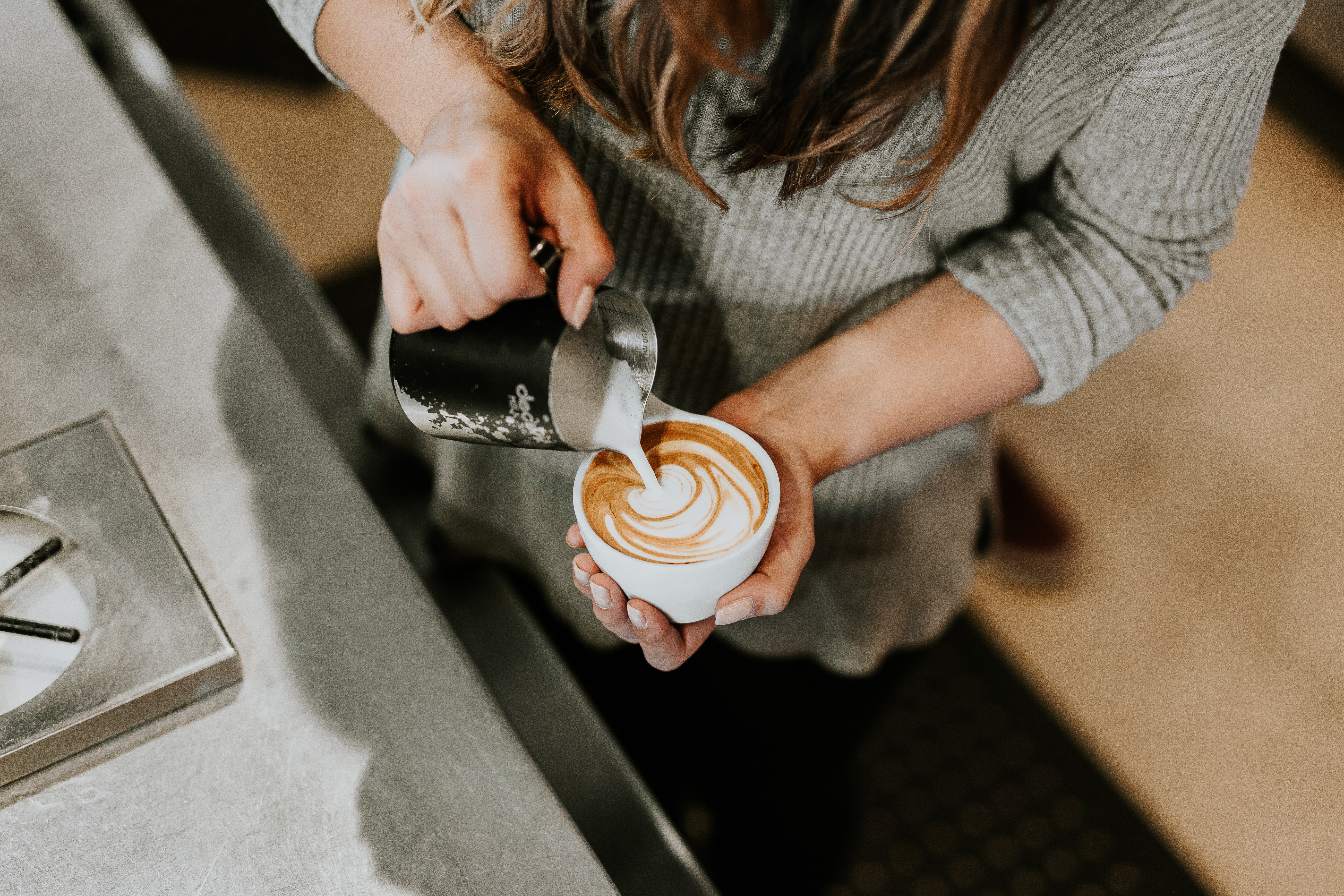
Photo by Brooke Cagle on Unsplash
Milk
You can use something other than a specific type of milk to make latte art at home. But keep in mind that not all kinds of milk can provide optimal milk froth with sweet milk taste characteristics.
Most coffee shops use pasteurized milk to pursue the sweet character of the milk so that the latte art becomes delicious. However, other types of milk can be used for latte art. Try it and explore the different kinds of milk used for latte art.
Milk Frother
To achieve a good latte art pattern, it needs optimal milk foam to break down the espresso particles to make a beautiful pattern. The selection of a milk frother is crucial for creating milk foam to make latte art at home. Some people get around the milk frother with a french press to make milk froth.
Milk Jug
Prepare a milk jug for the proper pouring of milk on espresso. Psst, assume some milk containers are different for making latte art, okay! Milk jugs for serving latte art are generally specially designed so that the milk poured is more stable and precise when used to paint latte art patterns.
Espresso Maker
This point is essential: prepare an espresso maker because it is impossible to make latte art without espresso!
Latte Art Cups
Choose a cup that is easy to grip and has a wide surface so that it will be more comfortable when learning to make a latte pattern. The base, which is clear white and made from ceramic, will help make latte art. If the inside is black, it's hard to tell the coffee from the bottom of the cup.
If all the preparations are done, pour the milk into the cup filled with espresso to make latte art. The most important thing to pay attention to is the height of the milk jug, its position, and the flow of milk when pouring milk.
- Start by pouring the milk a little high until the cup is almost half full, then bring the milk jug close to the crema to make the foam appear when running.
- When moving the milk jug from high to low during pouring, ensure the milk's speed remains stable.
- Pouring the milk too quickly will break down the crema while running the milk too slowly will leave the milk foam behind. Hold the cup at a comfortable, suitable pouring angle.
So, ready to start making latte art at home? Tell us your progress!

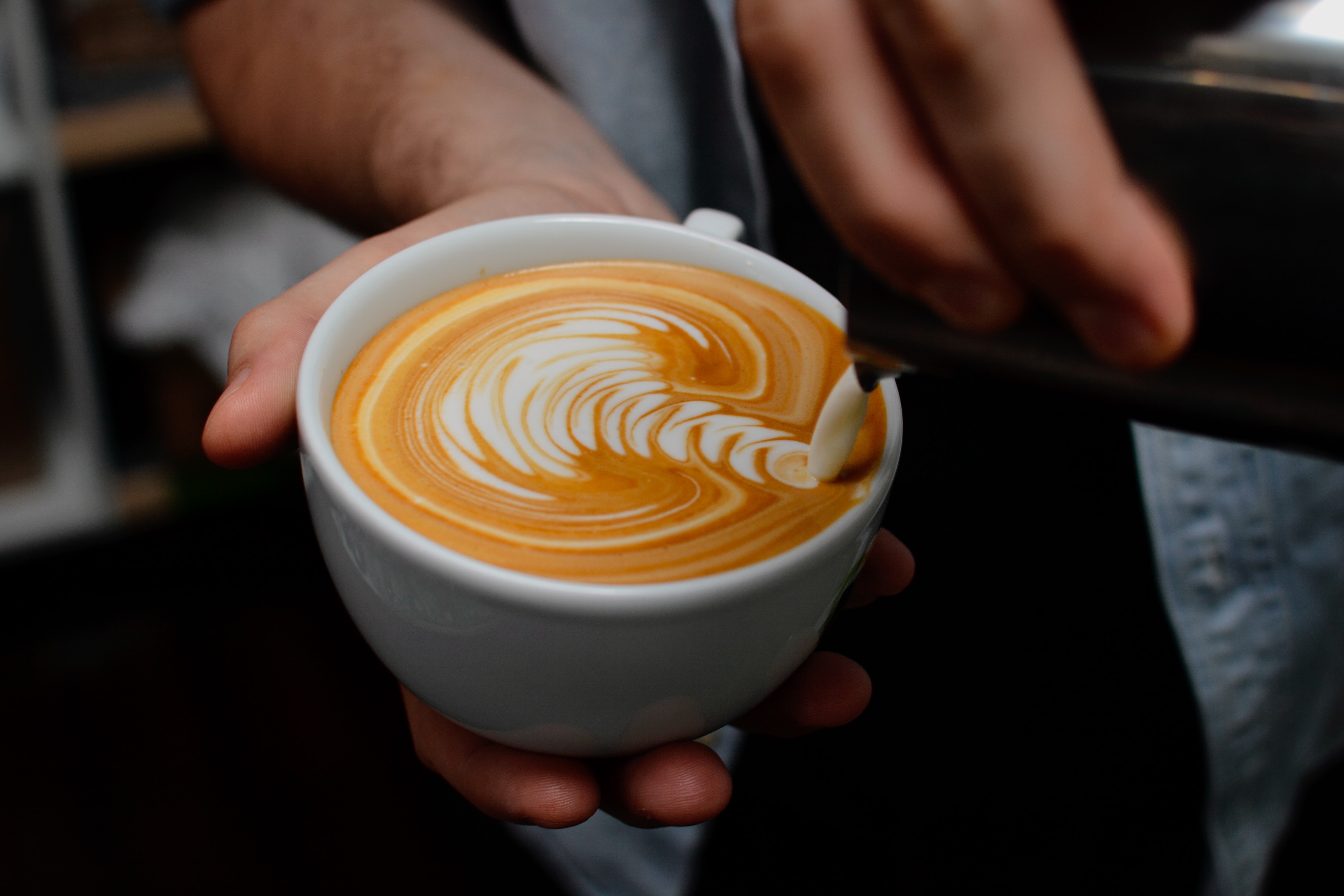


.png)

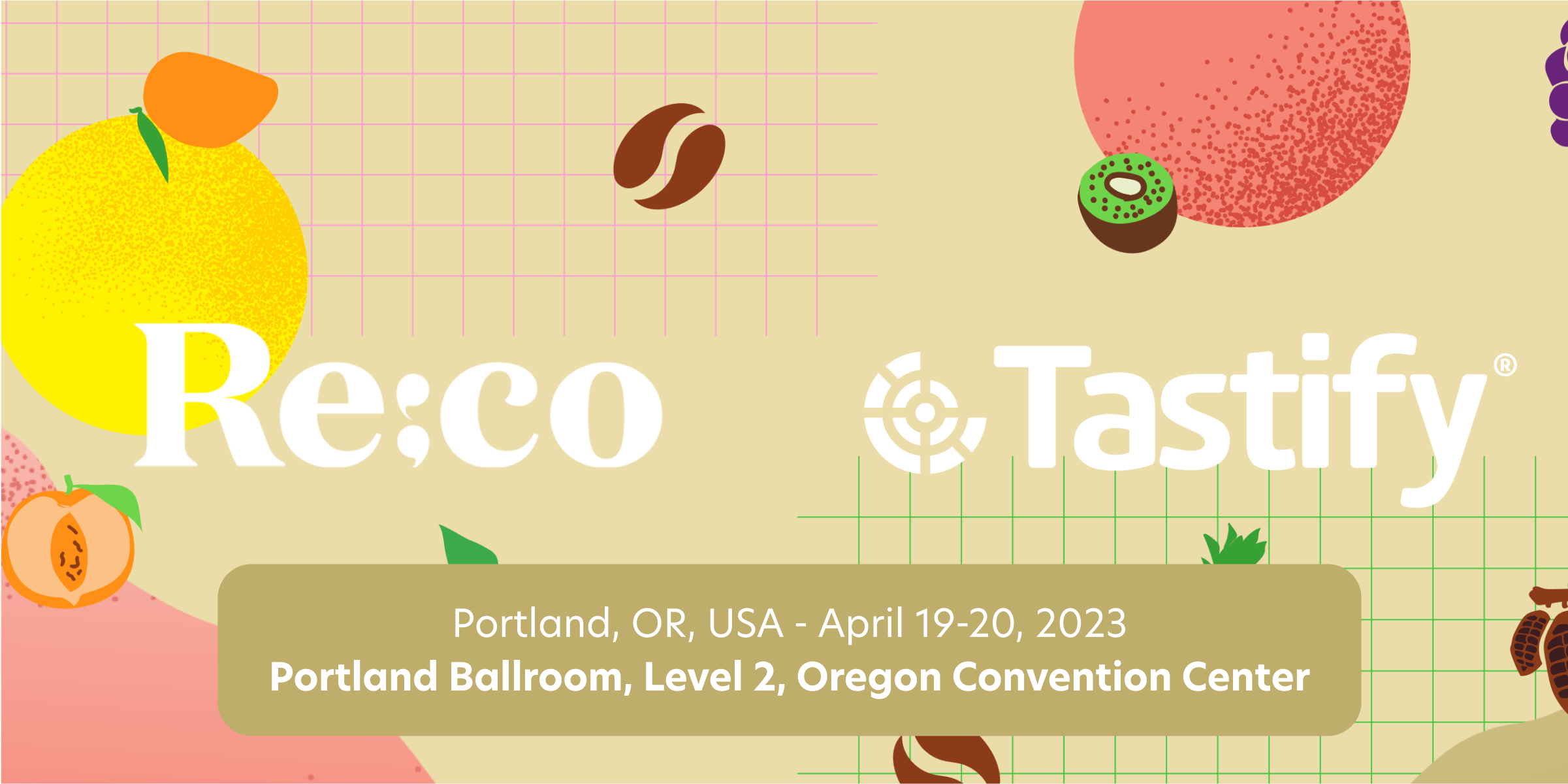

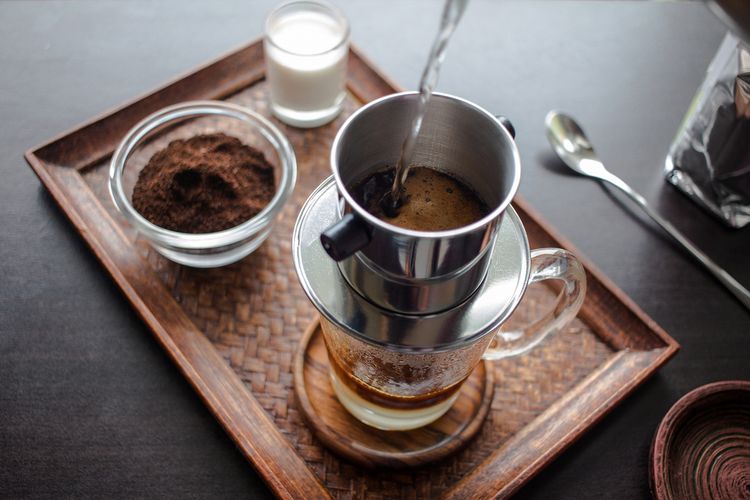

Comments